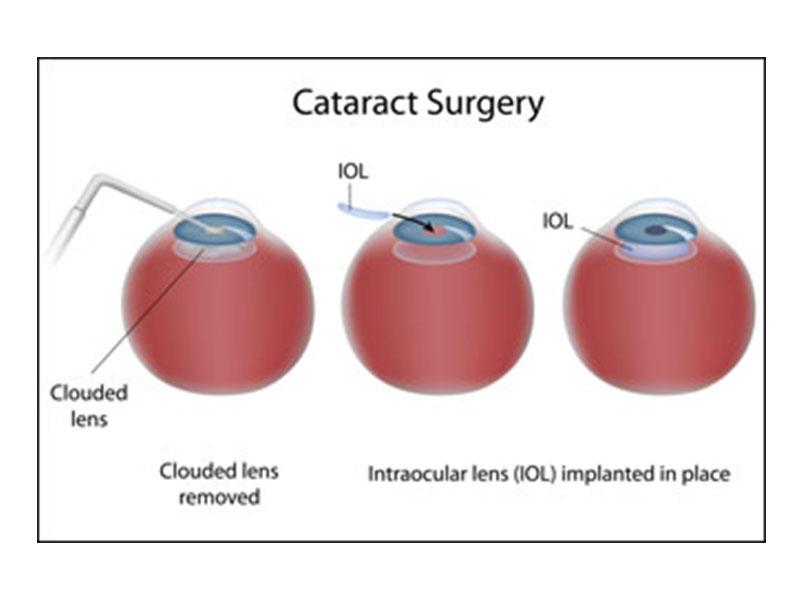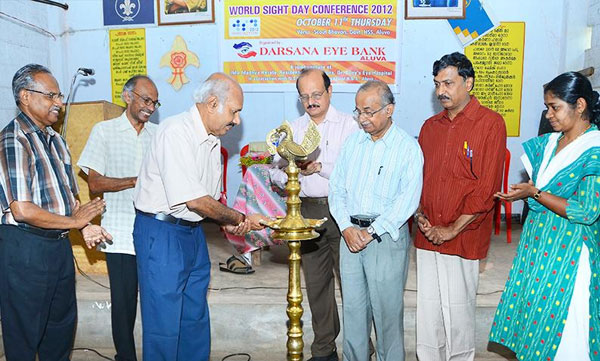Lens Replacement with IOLs
Refractive lens exchange, also known as lens replacement surgery or clear lens extraction, it can be a best option when compared to LASIK, PRK or phakic IOL refractive surgery for the people with presbyopia & high hyperopia (farsightedness).
Refractive lens exchange (RLE) replaces the eye's clear natural lens with artificial intraocular lens (IOL) to rectify the refractive error & achieve the sharper focus, and to decrease your need for reading with the glasses or bifocals.
Lens replacement surgery can also correct myopia (nearsightedness), but usually it is not recommended when the LASIK, PRK or phakic IOLs are available.

The procedure for the refractive lens exchange is virtually identical to the cataract procedure. The difference in RLE is, the lens is being replaced is clear, rather than cloudy lens because of a cataract.
As in cataract procedure, 3 types of IOLs are available to replace the natural lens, based on the vision needs & the health of your eyes. They are:
- Monofocal fixed-focus IOLs. Monofocal lenses will provide clear vision at distance, intermediate or near ranges, but not all 3 at once. Toric IOLs to correct the astigmatism also are classify as monofocal IOLs.
- Multifocal IOLs. A multifocal lens will provides clear vision at multiple distances.
- Accommodating IOLs. An accommodating IOL is a kind of monofocal lens which enables focus at multiple distances by shifting the position in the eye.
With intraocular lenses, there is no "one size fits all," & the eye doctor will suggest an IOL which is most suitable for the individual needs.
PROCEDURE:
- Lens replacement procedure generally takes about 15 minutes & is done on an outpatient basis. Each eye is done individually, generally about a week apart.
Numbing anesthetic drops were used during the RLE, so generally there is no discomfort, & most of the people report immediate vision improvement after the surgery.
- Initial recovery from the refractive lens exchange, you can resume normal to everyday activities generally takes about a week.
- Final result of the refractive lens exchange may take up to several weeks, & you can notice the vision disturbances like blurry vision, halos & glare, or a "scratchy" sensation as the eyes heal.
- You will be able to return to work & resume the driving within a week after the surgery, based on your eye surgeon's instructions.
- Generally, you won't feel an IOL is in the eye, in the same way which you don't feel a dental filling for a cavity.
- Also, since the lenses were placed inside your eye & not on the surface such as a contact lens, it is not visible to naked eye. The artificial intraocular lens is permanent replacement for the natural lens & is designed to the last the rest of your life.











 I am Nimitha, before Lasik, I am very difficult to see and difficult to handle contact lens and specs. After the lasik treatment I am very relaxed.
I am Nimitha, before Lasik, I am very difficult to see and difficult to handle contact lens and specs. After the lasik treatment I am very relaxed. 